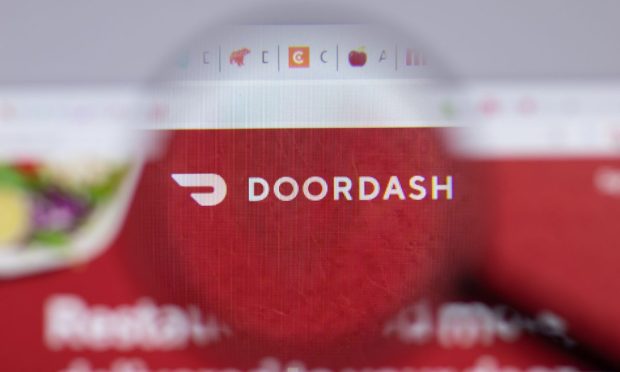DoorDash Aims to Outcompete Rivals With SMB Perks Program

As order aggregators compete to win business from restaurants, food delivery leader DoorDash is rolling out a discounted benefits-packed program aimed at easing the burden on small and mid-sized businesses (SMBs).
The aggregator announced Monday (Nov. 7) the debut of its new Merchant Benefits offering, which includes six partnerships with external businesses to offer tools, perks and more to restaurants and their staff.
“The economic fluctuations that come with running a small- to medium-sized business challenge employers in many ways, including being able to provide affordable benefits to staff,” Christopher Payne, president and chief operating officer at DoorDash, said in a statement. “Given our vast network of merchant partners, we’ve negotiated these benefits on their behalf who would otherwise face a steep surcharge, eliminating a barrier to growing teams to their full potential.”
The partnerships include plans from cash-pay healthcare marketplace Sesame, discounted wellness offerings from breathing exercises app Breathwrk, free trials of recruiting and staff management platforms Landed and 7shifts and deals on education programs.
“Many dining rooms across the nation are struggling to fully reopen due to them being unable to staff appropriately,” Jordan Boesch, founder and CEO of 7shifts, said in the news release. “We’re proud to partner with DoorDash to help operators improve efficiency and expand access to our team management platform.”
The announcement comes as restaurant aggregators, with their nearly interchangeable business models, compete for acquisition and loyalty every step of the way — hiring drivers, attracting consumers, and in this case, building relationships with restaurants.
Take, for instance, Uber Eats, No. 2 in the country, which announced earlier in the fall that it is offering new self-service signups to integrate with popular point of sale (POS) systems Toast and Clover, simplifying the process to take “just a few clicks.” Through this move, the company aims to woo restaurant operators struggling with labor challenges who are frustrated with the friction typically associated with managing their tech suites.
Grubhub, meanwhile, is looking to attract merchants with the promise of additional revenue streams via virtual restaurants, enabling them to add these delivery-only brands to their existing accounts.
“Virtual restaurant concepts are more popular among restaurant operators than ever before,” Marnie Boyer, vice president of diner acquisition at Grubhub, told PYMNTS in a June interview. “More restaurants have tapped into the concept because it gives operators the opportunity to test additional, delivery-only menu concepts with little financial risk.”
With these offerings, aggregators hope to prove their value to restaurants in spite of the drawbacks of the model, with merchants paying these delivery services a commission and losing the opportunity to access their customer data when sales come in via third-party channels. Additionally, many consumers end up loyal to the aggregator itself rather than the restaurants on the platform.
On the flip side, while some consumers prefer to order from restaurants directly, others prefer to use aggregators. Research from PYMNTS’ 2022 Restaurant Friction Index, which drew from a survey of more than 2,100 U.S. consumers, found that 63% of aggregator users opt for third-party ordering because it is easy and convenient. Plus, one in three specifically like the in-aggregator ordering and payment experience.
Consequently, as independents weigh the pros and cons of the third-party model, aggregators are doing everything in their power to tip the balance in their favor, promising that they can meet merchants’ needs in ways not offered by their competitors.
